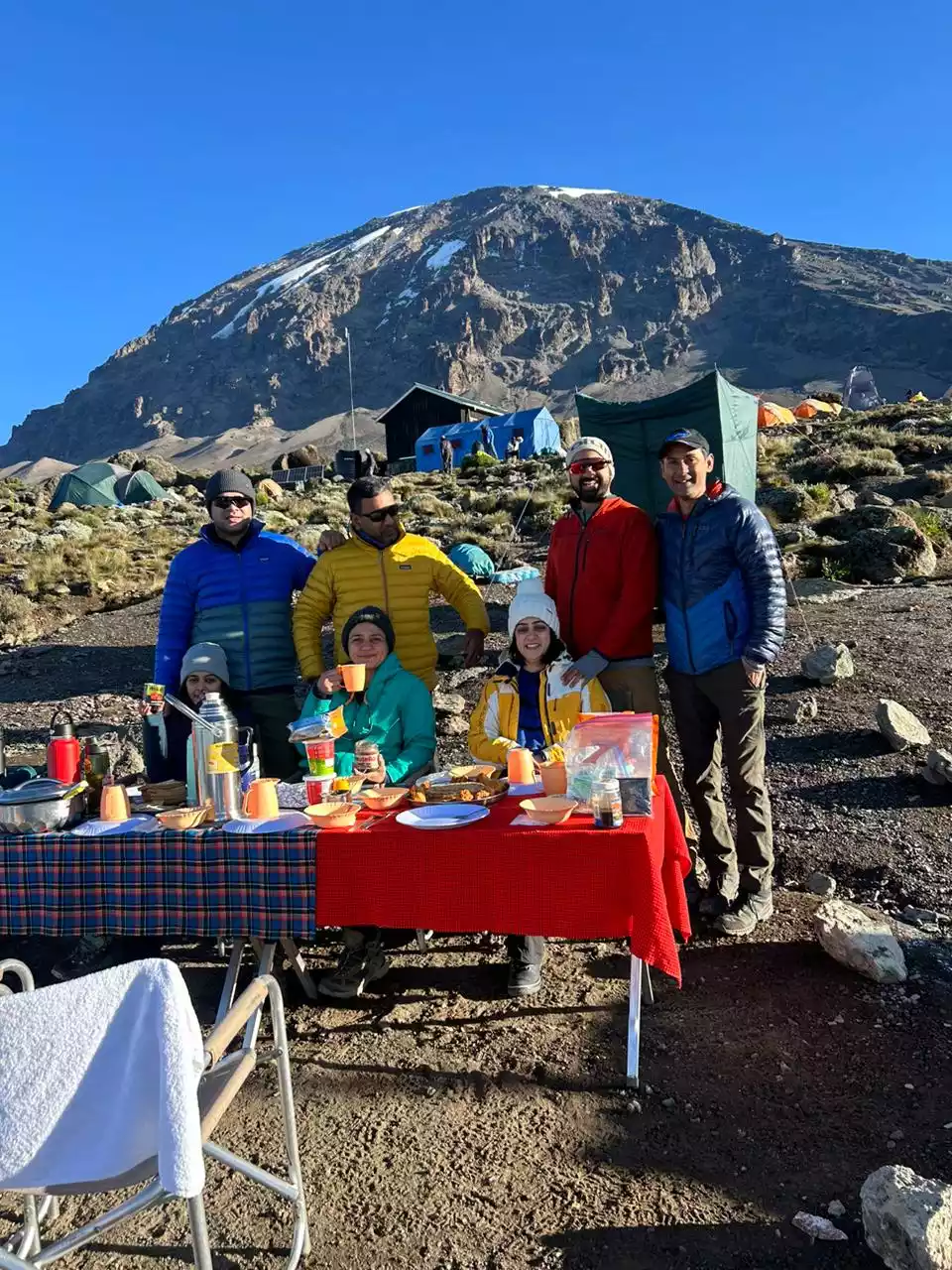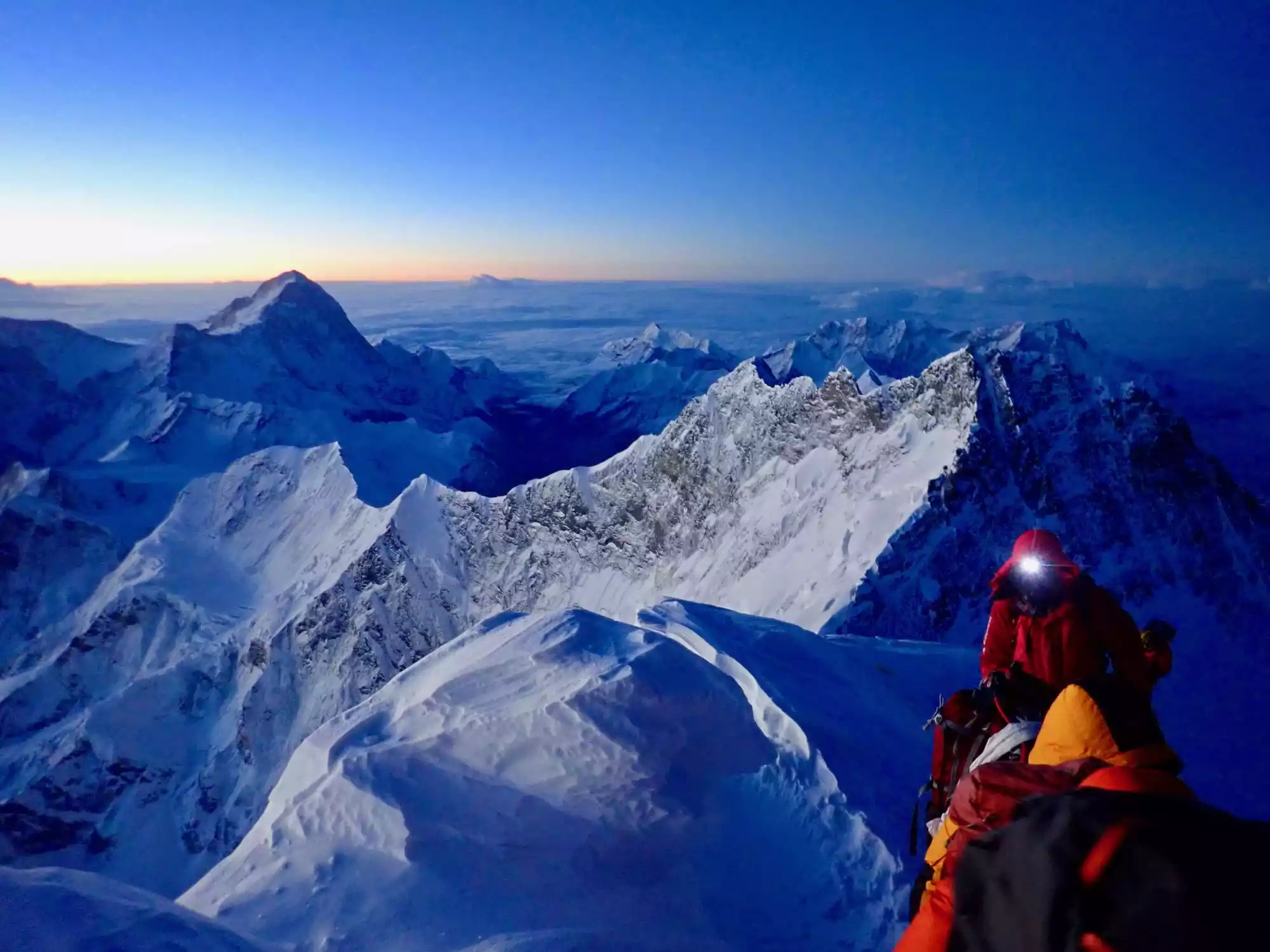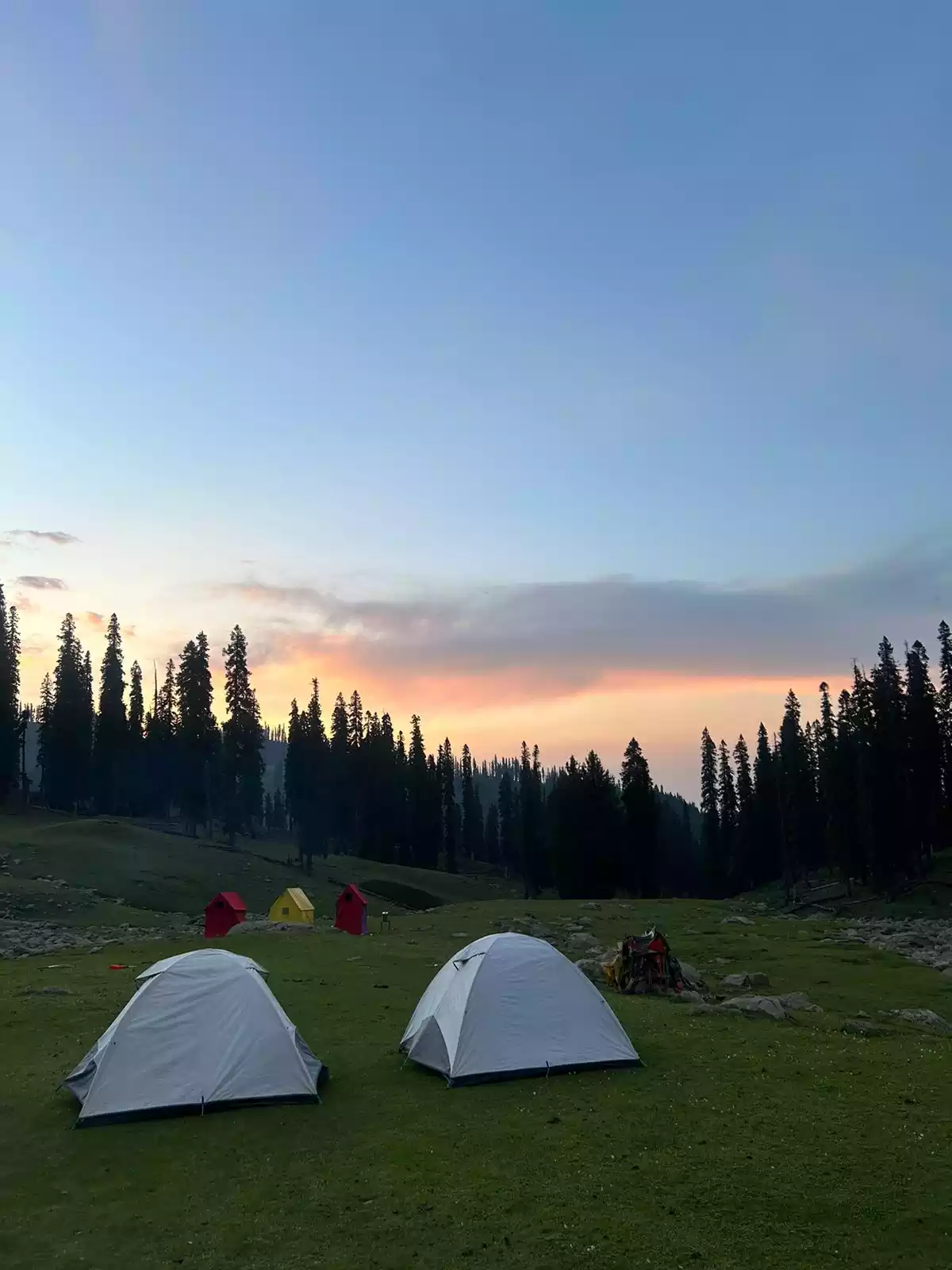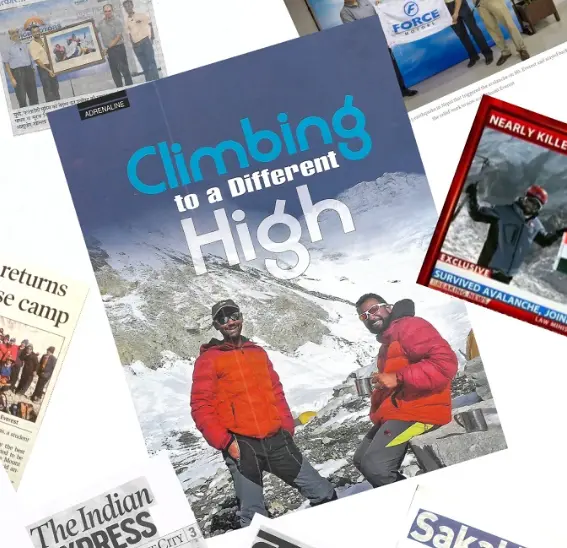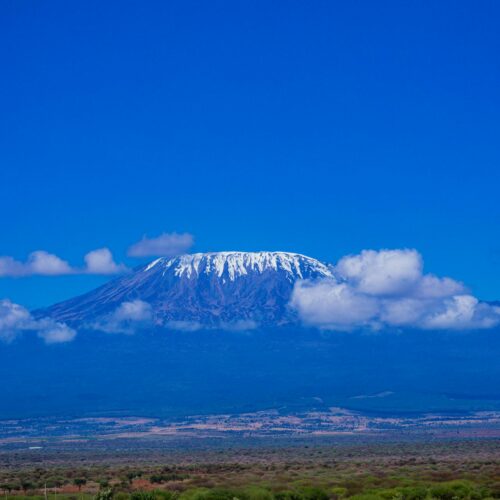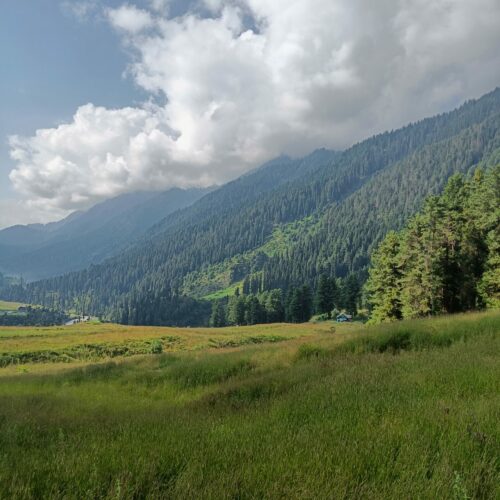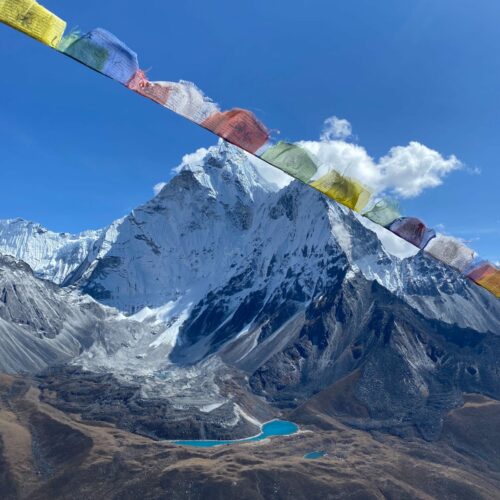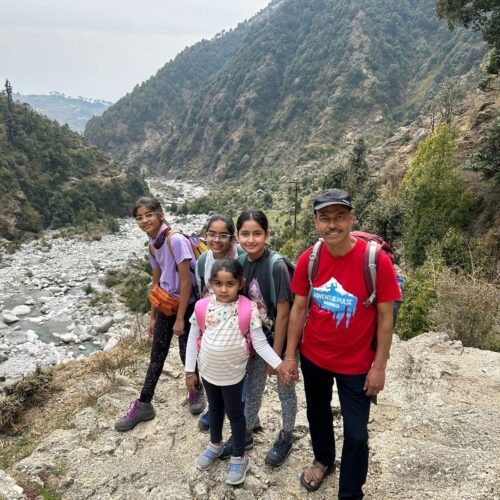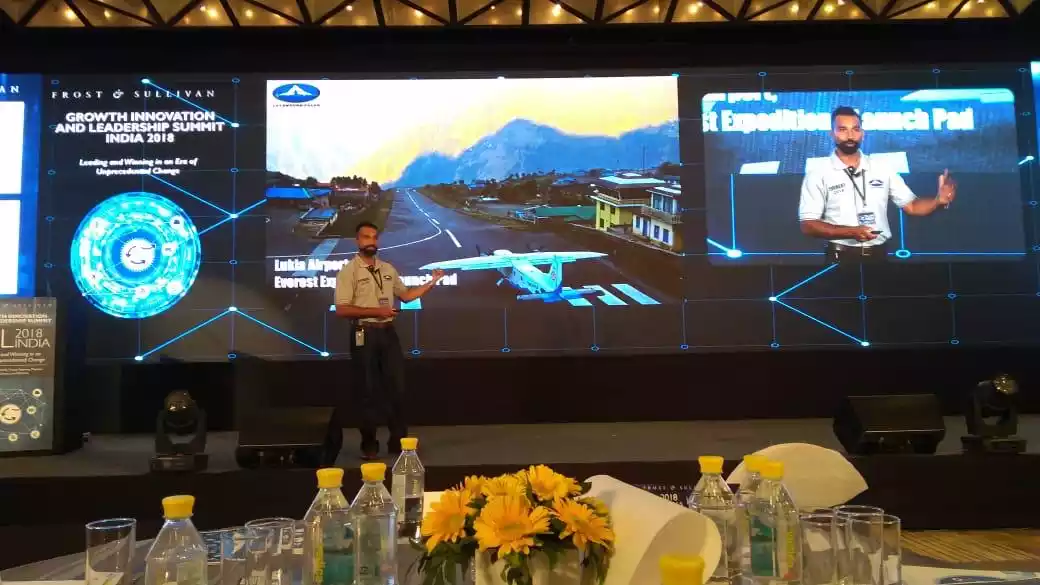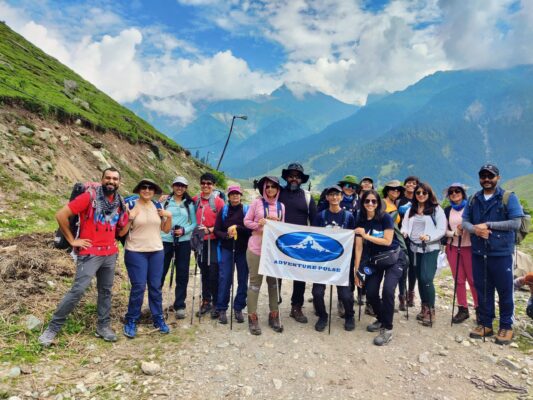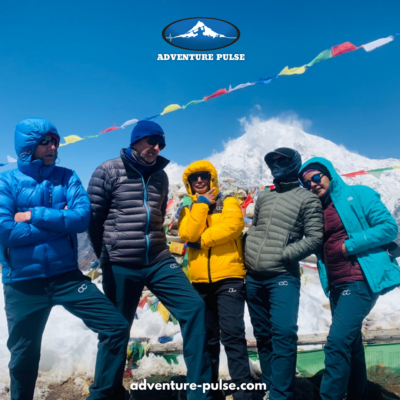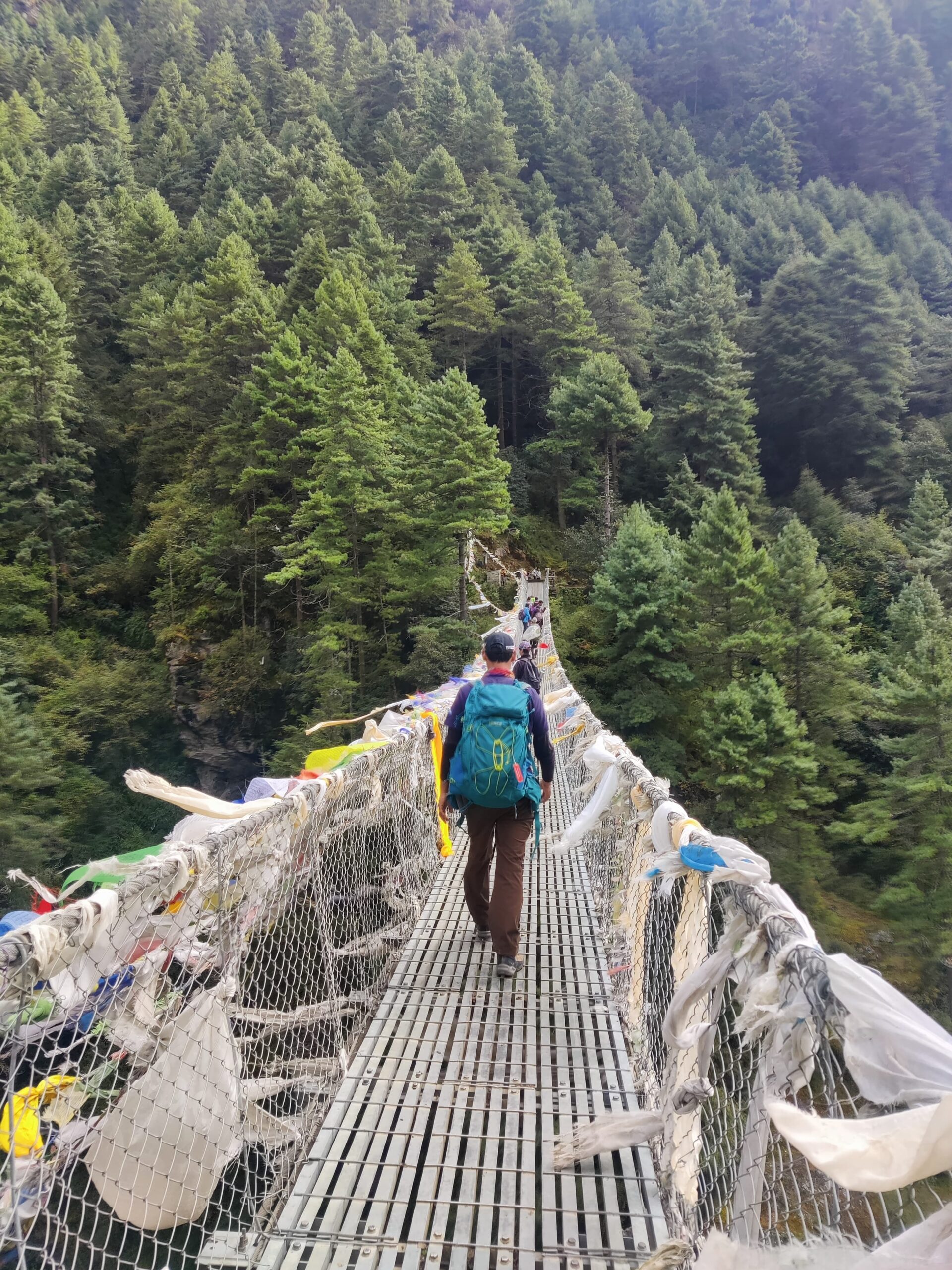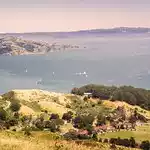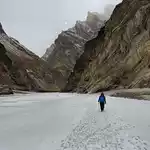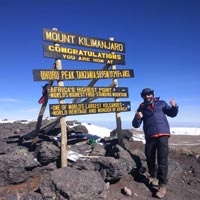Brief Itinerary
- Day 1 - Arrival in Srinagar and drive to Aru. (3-4 hours drive, 100km)
- Day 2 - Trek from Aru to Lidderwat. (Camping), (10 km, 6 hours trek)
- Day 3 - Trek from Lidderwat to Shekhwas. (Camping), (5-6 km, 5hours)
- Day 4 - Trek from Shekwas to Tarsar Lake. (Camping), (5 km, 4 hours)
- Day 5 - Trek from Tarsar Lake to Sundarsar Lake. (Camping), (5 km, 5 hours)
- Day 6 - Trek from Sundarsar Lake to Homwas via Marsar Lake (Camping), (9 km, 7 hours)
- Day 7 - Trek from Homwas to Aru and drive to Srinagar. (13 km, 6-7 hours, 3 hours drive), Stay in a Hotel.
- Day 8 - Drop at Srinagar airport. Fly out.
Inclusions & Exclusions
Trip Cost Includes:
- Transport: All ground transport in traveller/bus/4 by 4 vehicles from hotel to trek start point and back. Airport group transfers to and from Srinagar airport to hotel and back.
- Accommodation: 02 nights Srinagar stay in a standard Hotel/Guesthouse on twin sharing basis and 06 nights tented camps (02 person double fly dome tents on twin sharing basis).
- Meals: In Srinagar on bed and breakfast plan. During the Trek (All meals) Breakfast, Packed lunch, dinner, morning anf evening tea & coffee, drinking water.
- All camping gear included (tents, sleeping bags, mats, dining tents, toilet tents (pit loo as well as western style, kitchen tents, stools, etc.
- Lead and assistant guides, cooking staff, campsite helpers. Horses for backpack off-loading upto 10 Kgs.
Trip Cost DOES NOT Include:
- Airfare
- Visa (For foreign nationals)
- Travel/Trek insurance.
- Personal clothing and equipment.
- Any medical costs incurred by you, or costs associated with a medical incident, such as your evacuation from the mountain and/ or hospitalization.
- Optional trips or excursions.
- Tips for local staff and guides.
- Lunch and dinner in Srinagar.
- Any extra transport needed for private pickups or drops.
- Expenses in case of early arrivals or delayed departures for any reason.
- Single supplement tents or hotels.
Things to carry
Download as PDFExtreme temperature variations, high altitude, snow glare & proximity to sun are certain factors which necessitate the need to for proper mountaineering and trekking equipment. In order to enjoy your experience in the mountains, we have recommended that you carry the following with you.
Apparel
- Thermal Inners - At least 1 pair of Top and Leggings
- 6-8 t-shirts or long-sleeve shirt (cotton / dryfit)
- 2-3 pairs of trekking pants (no denim!)
- 1 Sweater/Sweatshirt
- 1 Fleece Jacket
- 1 Down Jacket
- 1 Waterproof Layer like raincoat or wind-cheater
- 1 pair of hiking boots
- 1 pair of comfortable sandals/floaters/sneakers
- 6-8 pairs of cotton socks (for day)
- 2 pairs of thick/woollen socks (for night)
- Gloves - liner and outer
- Sun hat
- Woollen cap
- Buff
Accessories
- Duffel bag / Rucksack (60L+)
- Daypack / Backpack (20-30L capacity)
- Sleeping bag (can be bought or rented in Kathmandu)
- 2x 1L Bottles (to carry drinking water)
- Torch + Batteries / Headlamp
- Knee/Ankle/Wrist Guards
- Trekking Poles
- Sunblock
- Sunglasses
- Moisturiser
- Hand Sanitiser
- Personal Medical Kit
- Personal Toiletries Kit
- Snacks!
Fitness
Download as PDF- There are three main aspects of training to focus on – strength training, cardiovascular training, and trekking + trekking alternatives.
- Strength training involves training different muscle groups, so that they can become stronger. There are different exercises for each muscle group, and working them all out 2x-3x a week should be enough to help you get comfortable trekking.
- Legs / lower body - exercises like squats, glute bridges, step ups and leg presses with help you develop stronger muscles in the lower body.
Core - Exercises like planks, bicycle crunches and leg raises can help with core stability; Pilates is also a core-intensive type of workout that will help.
Upper body - Bodyweight exercises like push-ups, pull-ups and dips will help develop these muscles. You can also use resistance bands or light weights to develop them further.
- It’s vital to do plenty of cardio training before your trek, so that you can get the most out of your experience
- Running - This is the most recommended form of cardio activity, as it activates a lot of the same muscles as trekking. Being able to run 10km in 60 minutes will allow you to get the most out of your trek.
Cycling / Swimming - If you have knee issues, or don’t enjoy running, you can also opt for cycling and swimming. Being able to cycling 30-50km or swim for 30-40 minutes, thrice a week, should be good to help you with treks like EBC.
HIIT training / Crossfit - Another option to level up your cardio training is to opt for high intensity aerobic exercises like HIIT or Crossfit, 2-3 times a week
The aim is to get your heart rate up, so you do not get winded on long days of trekking
- Hiking
Try to get outdoors and go for a hike on the weekends! Uphill trails of 4-8 kilometres are will help you get used to trekking. Make it a point to carry a loaded backpack, and walk in your trekking shoes.
- Hiking Alternatives
Climbing stairs, and using the treadmill or stairmaster on an incline, will help prepare you for treks. Make it a point to carry a loaded backpack so that you can get used to the extra weight; and use your trekking boots, so that you can break them in and walk comfortably.
- If you’re confused with all this information, no need to worry! The most important thing with training is consistency, and staying injury-free. Your training week should ideally have
Strength training - 3 sessions
Cardio training - 3 sessions
Hiking - 1 long session, best on the weekends
Rest and stretching - at least 1 day
FAQs
Tarsar Marsar Lakes Trek
What are the staying arrangements for this trek?
This trekking format is often referred to as an expedition format of trekking prevalent in the Indian Himalayas. The entire trek will be self-sufficient with a separate Kitchen Tent and Staff, Dining Tent, Toilet Tent and 3- Man, Dome shaped tents in which trekkers will be accommodated on a double occupancy. On the first night, trekkers will be staying in Sonmarg in a Guest House, and on completion of the trek, we will be arranging for a night in a House Boat on Dal Lake, in Srinagar.
What kind of Physical shape do I need to be to undertake this trek?
You need to be in good physical shape to trek especially to trek over the mountain pass. It’s a challenging trek and does demand good physical fitness and some bit of prior trekking experience. Please refer to our physical fitness document for more details on this topic.
What are the entry and exit points for this trek?
One needs to fly to Srinagar Airport for the Great lakes of Kashmir trek. There are regular flights from Delhi, Mumbai and Kolkata. On your arrival at the airport, you will be picked up and driven directly to Sonmarg where an Adventure-Pulse representative will greet you. The next day, we make our way to the start point of the trek by car which is a short 30 minute drive. After the trek, we will arrange for transportation to Srinagar for a night on a House boat and the next day we transfer you back to Srinagar airport for your flight out.
Do I need any special equipment/climbing gear for this trek?
Any kind of climbing equipment or gears are not required for this trek. For list of other things and warm clothing to carry, please refer to our link - List of things to carry for the trek. You do need to make sure you have adequate warm clothes and very good Rain Gear as we do expect rainfall on this trail.
What is the communication system available on the way?
Regular phone and data services work in Srinagar. While on the trek, most days there is no network. One is disconnected on most days during the course of the trek.
What about high altitude acclimatization?
We at Adventure Pulse consider acclimatization as one of the most important aspects of trekking / climbing a mountain and spend enough time to do that. We move up the mountain slowly giving enough time to our bodies to acclimatize. Each day, we monitor each trekkers SPO2, Blood Oxygen Saturation, with a portable Oximeter, to ensure they are acclimatizing well. Our senior guide will keep monitoring the team on a daily basis to ensure that there are no problems along the way.
What are the food arrangements?
Meals will be as close to home cooked food as possible and is usually Vegetarian. Breakfasts will consist of bread, honey, jams, tea and Nescafe along with eggs, paranthas, etc. For lunch there will be a variety of local food , or a full packed lunch. Dinner will usually be a soup followed by lentils, vegetable curry. Our endeavour will be to try ensuring a daily variety in the food that we prepare so we keep the group's appetite up along with their morale.
Will I be able to take a shower or bath during the course of the climb?
Regular shower facilities will be available in the hotel, but while we are higher up on the trek, shower facility is not available for the trekking period.
What are the emergency medical precautions available for this trek?
The Adventure-Pulse staff and guides carry a fully equipped medical kit with necessary medicines and an Oxygen meter. As a standard practice, we check oxygen levels of all our clients twice a day and take necessary precautions if any irregularity is found in the oxygen reading. In case the problem persists, the client is sent down with a qualified guide. In case of an Injury where the trekker is not in a position to walk down, a Pony is organized to the closest road head where a vehicle and a doctor visit can be organized.
What happens in case of bad weather on the mountain?
Adventure-Pulse usually plans all it treks during the most favorable season on the mountain, but having said that, weather is always an unpredictable factor. We usually look at weather reports before leaving for the trek. In case the weather is unfavorable, we could delay it to the next day depending upon the Itinerary. A buffer day/s is always built in the itinerary as contingency if we get hit by unfavorable weather conditions. In the worse situation, we may have to turn back midway, but safety is always a priority which cannot be compromised on.

